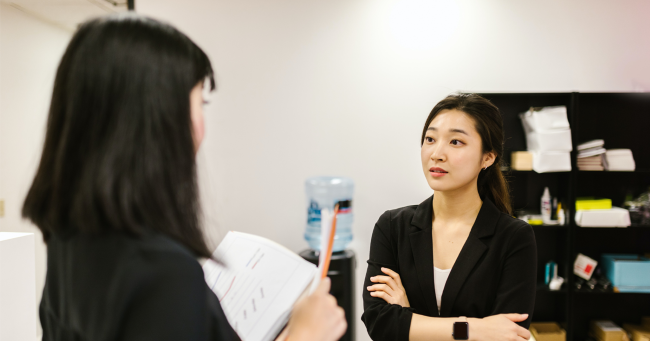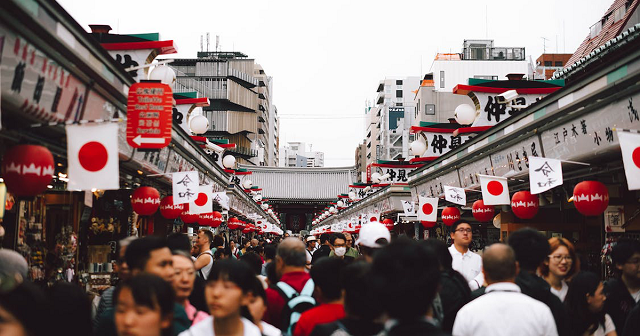Nhon saisoku no erebe-ta- wa Yokohama randoma-kutawa- ni aru mono de, bunsoku 750 m no hayasa ni narimasu.
The fastest elevator in Japan is located in the Yokohama Landmark Tower, with a speed of 750 meters per minute.
sign up for the Japanese-Online Newsletter
__..-・**・-..__..-・**・-.._ あいうえお かきくけこ さしすせそ たちつてと なにぬねの はひふへほ まみむめも やいゆえよ らりるれろ わゐうゑを ん __..-・**・-..__..-・**・-.._
#JapaneseOnline #LearningJapanese #FreeJapaneseLessons #JapaneseVideoLearning #JapaneseAnime #Anime #JapaneseFood #Bloguru










